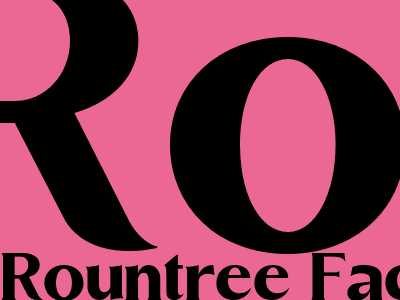
Rountree Face
Rountree Face: A Comprehensive Guide
Introduction
Rountree Face is a rare genetic condition that affects the shape of the face. It is characterized by a round, full face with a broad forehead, wide-set eyes, and a small chin. Rountree Face is caused by a mutation in the FBN1 gene, which is responsible for producing a protein called fibrillin-1. Fibrillin-1 is a key component of the extracellular matrix, which is the network of proteins and sugars that surrounds and supports cells. In people with Rountree Face, the mutation in the FBN1 gene leads to a deficiency of fibrillin-1, which results in the characteristic facial features.
Symptoms
The most common symptoms of Rountree Face include: * A round, full face * A broad forehead * Wide-set eyes * A small chin * Loose, sagging skin * Difficulty breathing * Heart defects * Eye problems * Hearing loss
Causes
Rountree Face is caused by a mutation in the FBN1 gene. This gene is responsible for producing a protein called fibrillin-1. Fibrillin-1 is a key component of the extracellular matrix, which is the network of proteins and sugars that surrounds and supports cells. In people with Rountree Face, the mutation in the FBN1 gene leads to a deficiency of fibrillin-1, which results in the characteristic facial features.
Diagnosis
Rountree Face is diagnosed based on the patient's physical appearance and medical history. A genetic test can also be used to confirm the diagnosis.
Treatment
There is no cure for Rountree Face, but treatment can help to improve the symptoms. Treatment options may include: * Surgery to correct facial deformities * Medications to treat heart defects * Eyeglasses or contact lenses to correct vision problems * Hearing aids to improve hearing
Prognosis
The prognosis for people with Rountree Face varies. Some people may have mild symptoms that do not require treatment, while others may have more severe symptoms that require surgery or other medical interventions. The life expectancy of people with Rountree Face is typically normal.
Conclusion
Rountree Face is a rare genetic condition that affects the shape of the face. It is caused by a mutation in the FBN1 gene, which is responsible for producing a protein called fibrillin-1. Fibrillin-1 is a key component of the extracellular matrix, which is the network of proteins and sugars that surrounds and supports cells. In people with Rountree Face, the mutation in the FBN1 gene leads to a deficiency of fibrillin-1, which results in the characteristic facial features. There is no cure for Rountree Face, but treatment can help to improve the symptoms. The prognosis for people with Rountree Face varies, but the life expectancy is typically normal.
Comments